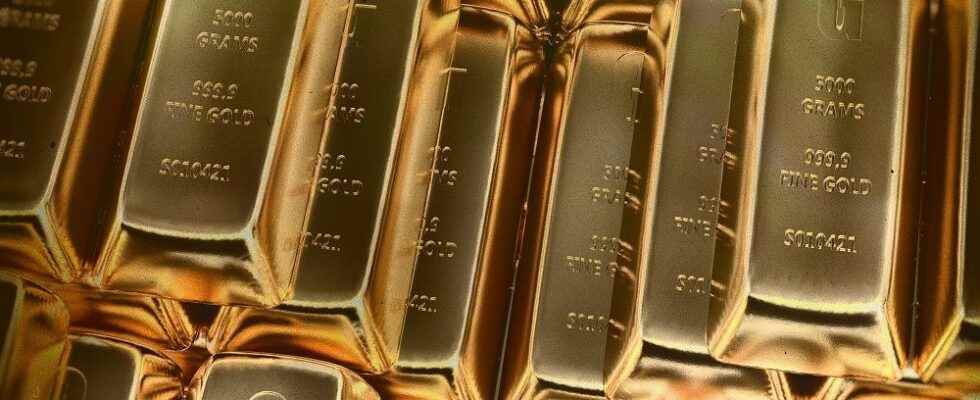This is an impressive figure, while gold has been gradually abandoned by many investors to turn to other assets. According to the annual report of the World Gold Council (CMO), published on January 31, demand for the yellow metal increased by 18% compared to 2021, to reach 4,741 tons, its highest level since 2011. Banks power stations are among the largest buyers, with 1,136 net tonnes of gold, the largest volume in 55 years. For these institutions, the interest in increasing their stocks of the precious metal responds to the high volatility of the financial markets and the geopolitical tensions caused by the war that Russia has been waging in Ukraine since February 24, 2022.
Because gold is a “safe haven”, because of its physical status, and thus constitutes a reserve of sufficient liquidity to consider foreign exchange transactions if necessary. “The beauty of gold is that it does not require trust, unlike currencies issued by governments. Due to its apolitical nature and limited supply, it has traditionally been the consensus choice of a multipolar world, and that’s where we’re headed again,” commented to The gallery Ned Naylor-Leyland, analyst at the management company Jupiter.
An instrument of monetary sovereignty
If the Western nations – the United States, Germany, Italy, France in the lead – are historically sitting on a heap of gold, they have been in competition in recent years by emerging countries, which are trying to catch up with them. Since the end of the convertibility of the dollar into gold decided by the American president Richard Nixon in 1971, the central banks tended rather to sell part of their assets in this metal. But the financial crisis of 2008 changed the situation. And the great fundraisers have rediscovered the advantages of this safe haven.
For ten years, Russia, China, Turkey, India and even Qatar have therefore made it a key instrument of their monetary sovereignty – and a reflection of their power. For its part, Uzbekistan, which had announced a few months ago its intention to reduce the share of gold in its reserves to less than half, has finally invested in the metal, to the point that it represents two-thirds.
“Investor demand was up 10% in 2022, a rise resulting from two factors, a noticeable slowdown in exchange-traded funds and robust demand for gold bullion and coins,” the Global Investment Council said. ‘gold. In total, investment in bars and coins totaled 1,217.1 tons in 2022, compared to 1,190.9 in 2021. Lagging behind, the jewelry and technology sectors saw a slight drop in demand, weakening 2% and 7% respectively over the year, due to the Covid-19 pandemic.
